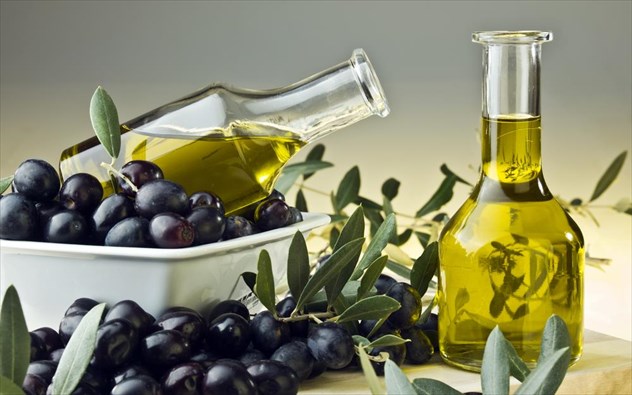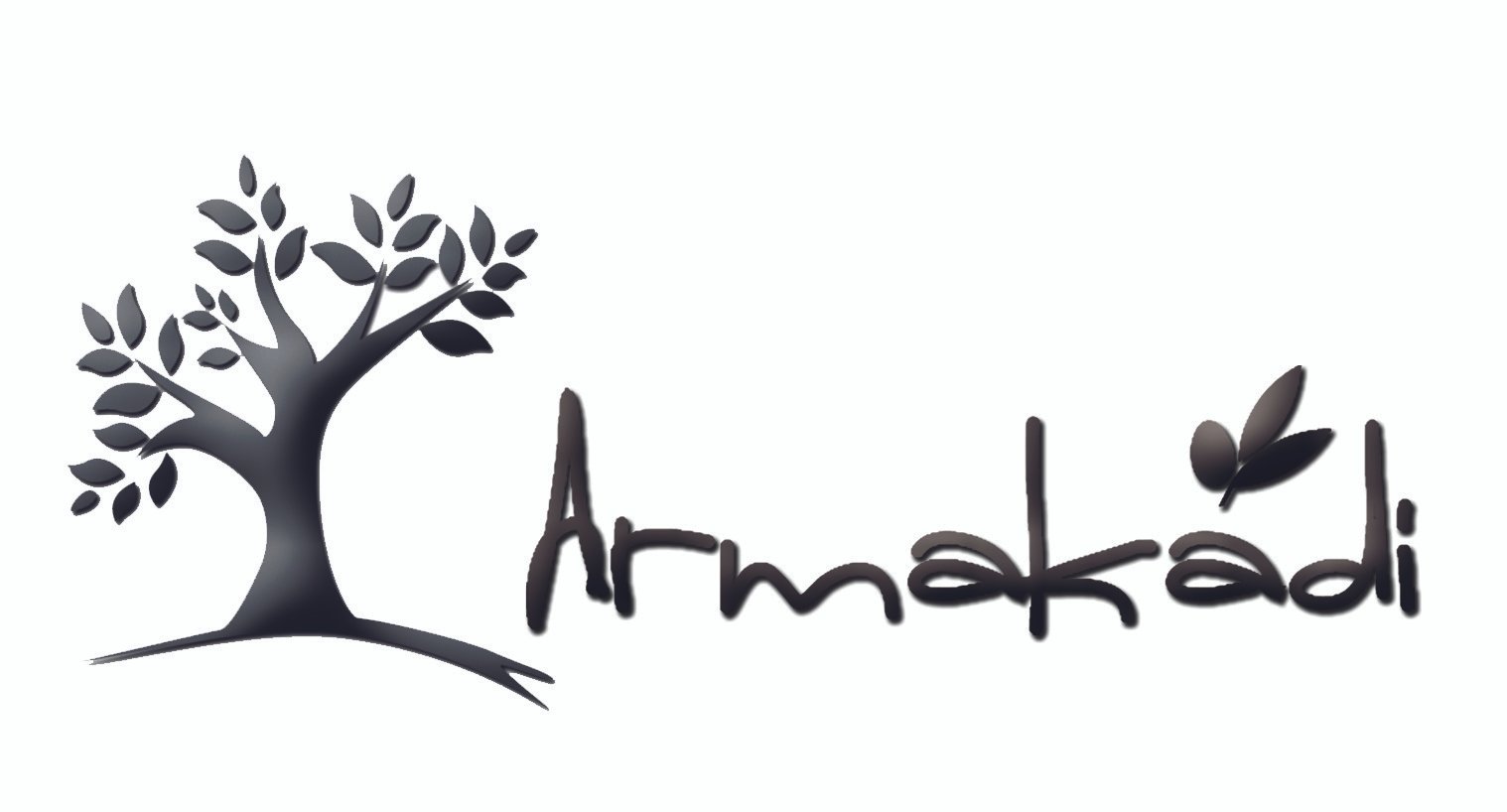Shopping Bag
No products in the cart.

Almost a hundred stakeholders have downloaded an algorithm that can provide the ability to predict the behaviour and productivity of an olive grove.
The new technology is based on a thorough analysis of seasonal weather events during the olive growth cycle over a long period in Italy.
By comparing the relationship between olive growth and harvest with climate effects, the researchers were able to identify dozens of potential climate stressors and how they affect olive productivity.
The researchers believe this information can help national or regional administrations, olive growers, producers and other stakeholders predict how an upcoming season may unfold and make any agronomic or business adjustments.
The new technology results from a coordinated project involving scientists from the Italian National Research Council (CNR) and the Agency for New Technologies, Energy and Sustainable Development (ENEA), as well as US researchers from the University of California-Berkeley.
“We are working to understand which [climate] drivers can cause adverse conditions and the relative likelihood of adverse impacts on olive production,” said Arianna Di Paola, a researcher at the Italian Institute of Bioeconomy at CNR. Olive Oil Times.
“Examples of triggers are conditions that favour the spread of the olive fruit or high winter temperatures that can change the olive cycle and affect flowering and pollination,” he added.
The research analysed the olive harvest in 66 Italian provinces between 2006 and 2020 to identify stressors using a wide range of data. They were able to reveal how the worst olive harvests came about.
“Understanding ongoing seasonality allows us to predict what we can expect in the near future,” said Di Paola.
“These are not seasonal forecasts, which are required to be reliable and translate into actionable information to facilitate the decision-making process, a whole world of research in itself,” he added. “They are short-term scenarios that can support investments, preventive measures, treatments or agronomic practices.”
The research did not stop at identifying drivers of adverse conditions.
“Although we cannot yet predict the entire phenological cycle of the olive, as it is not possible to predict the vegetative onset of the season on a regional scale, what we can do is, using a calendar, simply divide the olive life cycle into two monthly instalments,” said Di Paola.
By analysing the variables that affect olive production over the years and compiling them every two months, the researchers identified a list of variables and examined how they interact over time.
The analysis provides an accurate short-term forecast, which the researchers say is three times better than an analysis of a single variable.
“For example, it’s one thing to say we had a warmer winter, it’s another to say that after that warm winter, we also had a very wet summer, factors that can add up and further exacerbate the scenario,” Di Paola said.
Once the analysis was complete, the researchers looked at which seasonal climate variables were most often associated with extremely bad seasons or high-yield seasons, discarding mid-range returns.
This selection was intended to identify the returns that, on a broad spatial scale, were most affected by climate variability, given the predominance of other factors.
“In mid-range seasons, yields may depend on variables such as the development of certain agronomic techniques by one grower compared to another, or the time spent pruning olives and many other variables,” Di Paola said.
Therefore, the researchers were more interested in looking at both abundant and rare extreme seasons, as the relative conditions had an impact independent of the individual grower’s actions.
“Most of us are used to focusing on individual stressors, such as freezing or heat waves, but even if we could get these individual stressors right, we couldn’t relate them to a specific phenological stage without proper field observations or model simulations,” said DiPaola.
“We tried to smooth out all these effects to look at them together on a large scale and across entire seasons,” he added.
Interestingly, the researchers found a link between the climate variables identified by the algorithm and the olive fly effect.
“The algorithm will not tell you why a certain scenario is going to happen,” Di Paolo said. “However, applying it, we note that the results – worse years in terms of productivity and emerging climate stressors – were reasonably associated with olive fly infestations.”
“What the algorithm tells us is something like this: if you have these conditions, say five different variables in a given year, then it’s very likely that olive yield will be extremely low,” he added.
“What the algorithm tells us is something like this: if you have these conditions, say five different variables in a given time, then it is very likely that the yield of the olive tree will be extremely low,” he added.
Once that warning comes from the algorithm, an expert has to look at the data to interpret it correctly. “Is it the olive fly or are there other factors we need to look at?” DePaola noted.
“We standardized all the variables to make them comparable in time and space, and that allowed us to look at things from above,” he added. “To be clear, when the survey says a particular trigger is a warmer-than-average period, that was true across all provinces in the country.”
By investigating a wide range of territory, the generalizability of the algorithm increases and better predictions can be achieved for the entire sector across the country.
“This is a useful overview of the entire sector for all entities interested in seeing the full picture,” Di Paola said.
The algorithm, which is publicly available and can be downloaded and integrated into their systems, can be useful not only for Italy but also for the olive oil sector.
“The method we have applied can be exported to other countries and sectors,” concluded Di Paola. “Once fed with the necessary data, the algorithm can easily be adapted to do this kind of seasonal forecasting.”
Source: Paolo DeAndreis
According to commodity pricing data from the International Monetary Fund, global olive oil export pr
Olive oil and its polyphenols enhance health and prevent cardiovascular disease. Olive oil is the
EVOO Improves Brain Protection in Cases of Mild Cognitive Impairment By Paolo DeAndreis Extra virg

